Snowboarding is an exhilarating winter sport that has gained immense popularity over the years.
Whether you're a seasoned shredder or a beginner looking to start snowboarding, one of the first questions that comes to mind is, "How much does a snowboard cost?"
In this comprehensive guide, we'll explore the various factors that influence the cost of a snowboard and provide you with all the information you need to make an informed decision.
Key Takeaways:
- Understand the average snowboard cost and what factors contribute to the price.
- Learn about the essential gear needed for snowboarding\ and how to budget for it.
- Discover tips on how to save money when purchasing snowboarding equipment.
The Basics of Snowboard Pricing
When it comes to snowboard costs, several aspects come into play. The price of a snowboard can vary depending on the brand, quality, and unique features it offers.
Generally speaking, you can expect to spend anywhere from a couple of hundred dollars to over a thousand for a brand-new snowboard.
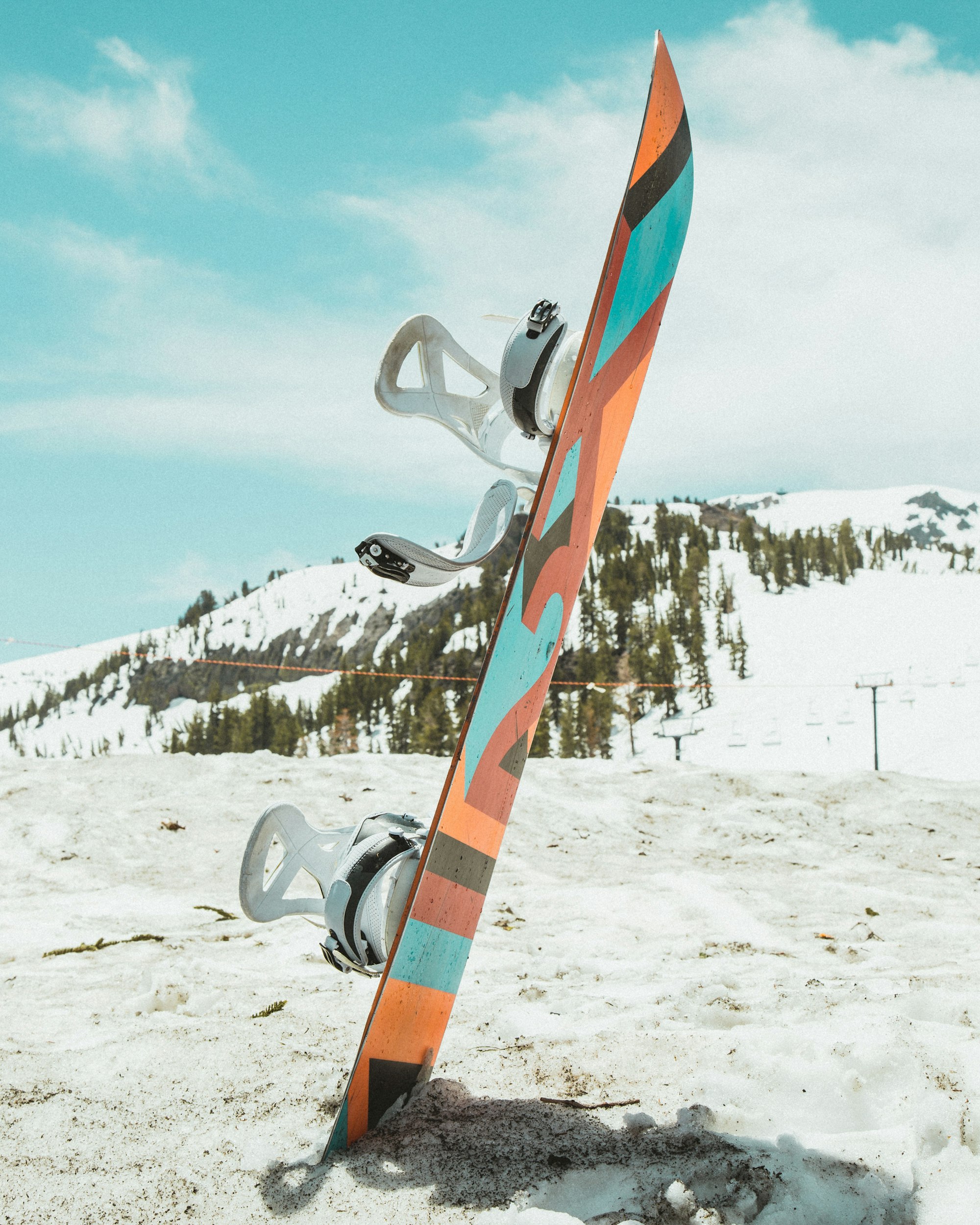
Beginner Boards vs. Advanced Boards
Beginner boards are designed to be more forgiving and easier to control, which can be a great advantage for those just starting.
These boards are often less expensive, with prices ranging from $200 to $400.
On the other hand, more advanced riders might opt for advanced boards that come with a higher price tag due to their specialized construction and unique features.
Snowboard Length and Width
The snowboard length and width are crucial for your riding style and body size. A board that's too short might not provide enough stability, while one that's too long could be difficult to maneuver.
Snowboard width ensures your boots fit comfortably without any overhang. These factors can influence the overall price, as custom-sized boards may cost more.
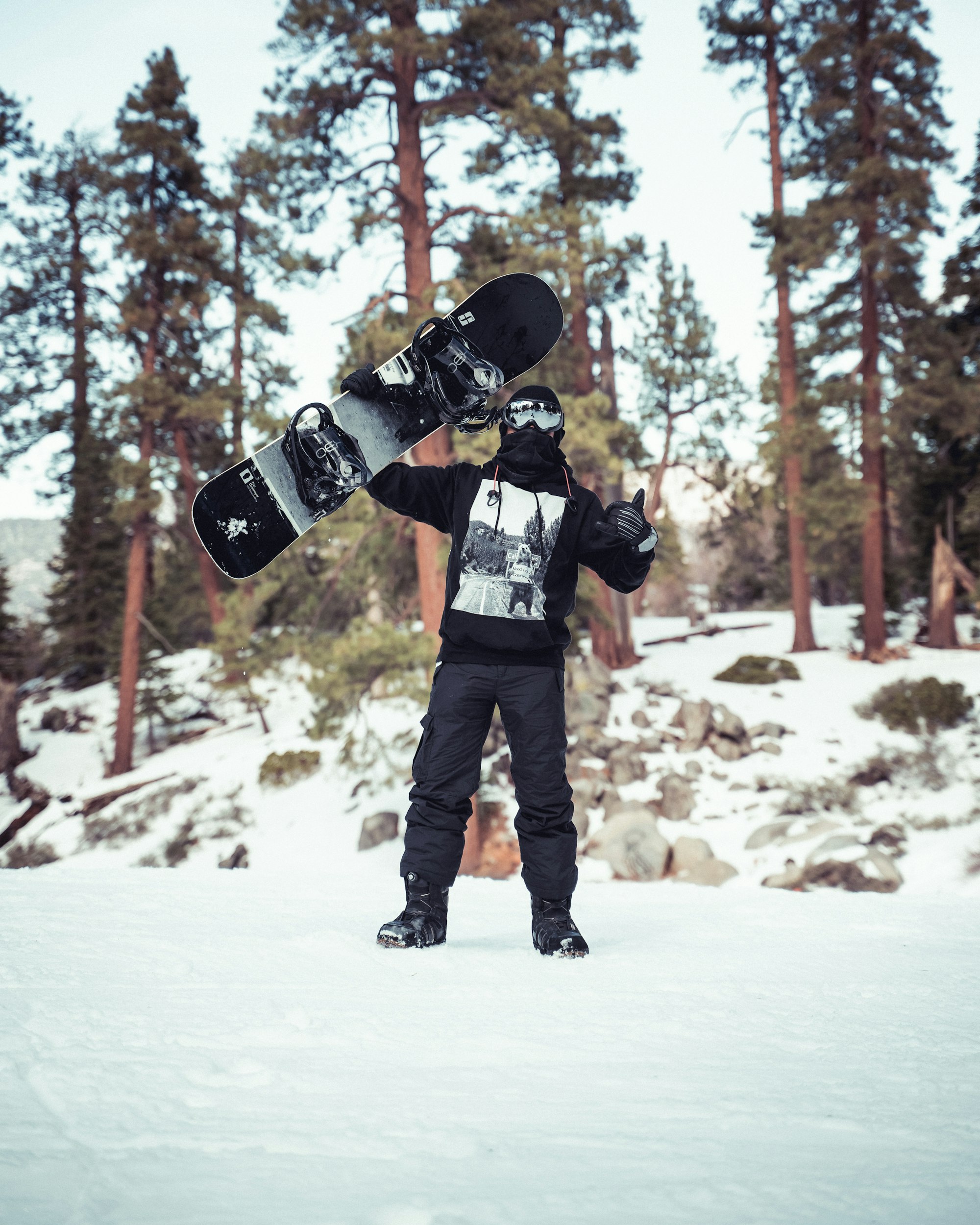
Freestyle Boards and Powder Boards
Freestyle boards are typically used in the park or for street riding. They are often shorter and more flexible, allowing for easier tricks and jumps.
Powder boards, designed for deep snow conditions, have a distinct shape and may carry a higher price due to their specialized design.
The Importance of Snowboard Equipment
Aside from the board itself, snowboard equipment such as bindings, boots, and safety gear is essential.
These items can significantly affect the overall price of your snowboarding setup. It's important to factor in these additional costs when calculating the average total cost of snowboarding.
Snowboard Price Examples: From Budget to Premium
Snowboard price examples can range from budget-friendly options like the basic models from brands like Burton and K2, to super expensive, high-end boards from companies like Lib Tech.
The price range can be quite broad, with entry-level boards starting at around $200 and premium models exceeding $1,000.
Essential Gear: Beyond the Board
To start snowboarding, you'll need more than just a board. Essential gear includes snowboard pants, gloves, goggles, and base layers to stay warm.
The right clothing is just as important as the board itself, and these items can add up to the overall price.
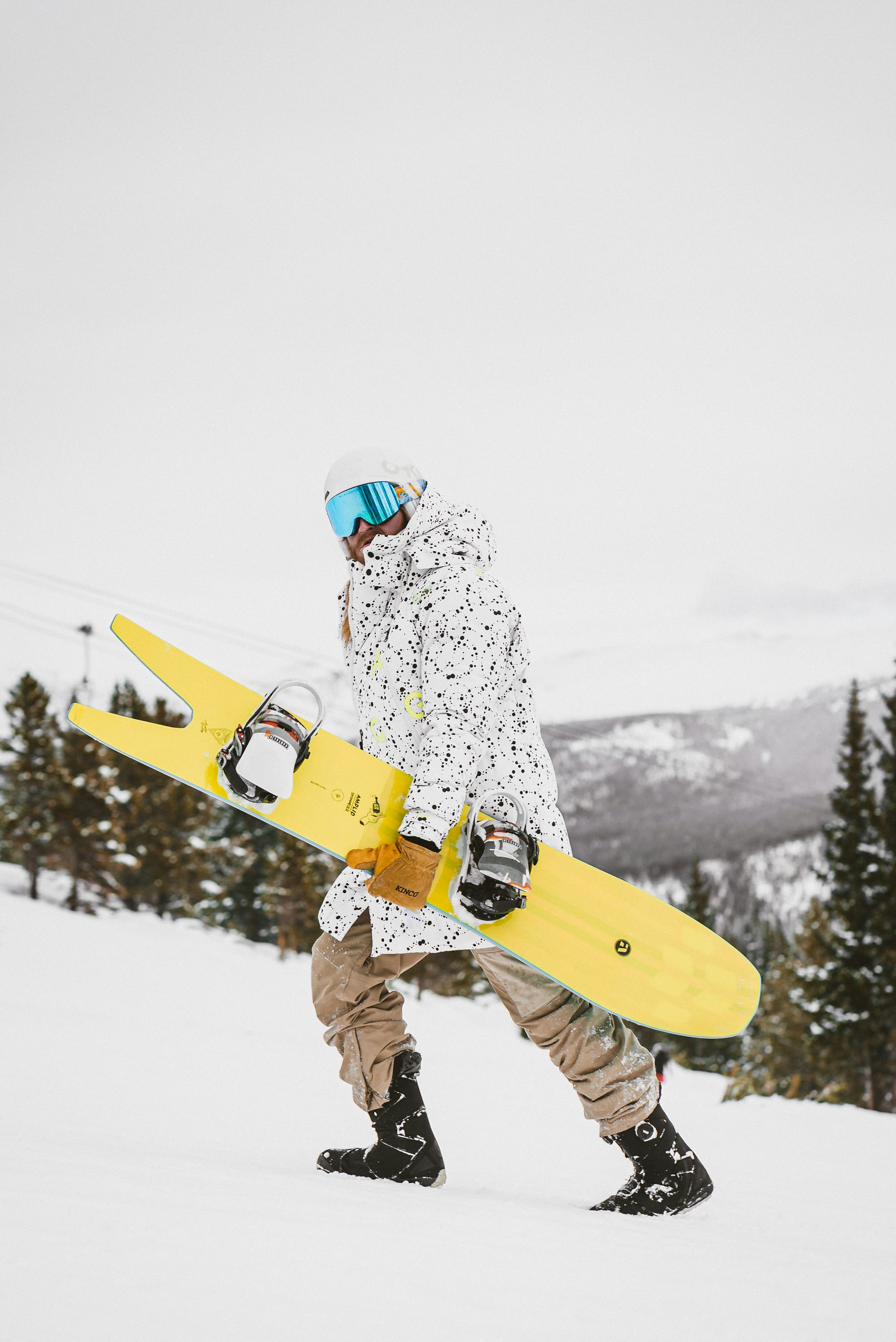
Riding Style: A Factor in Cost
Your riding style is a significant factor when considering snowboard costs. Freestyle boards, powder boards, and all-mountain boards cater to different styles and may have different price points.
It's essential to choose a board that matches your preferred terrain and style to ensure the best snowboarding experience.
Where to Buy: New vs. Used Gear
Purchasing a used snowboard from platforms like Facebook Marketplace can save money, but it's important to inspect the used gear thoroughly.
Alternatively, buying a brand-new snowboard from a reputable retailer ensures you get the latest technology and a warranty, albeit at a higher cost.
Hidden Costs of Snowboarding
When budgeting for snowboarding, don't forget the hidden costs such as lift tickets, snowboarding lessons, and travel expenses to the mountain. These can all contribute to the average total cost of the sport.
The Evolution of Snowboard Technology
When you're in the market for a snowboard, understanding the evolution of snowboard technology can be quite enlightening. Most snowboards today are a far cry from the rudimentary designs of the past.
Modern boards are engineered with advanced materials and designs that cater to specific riding styles and conditions.
For instance, extruded bases are common in beginner boards due to their ease of repair and maintenance, while sintered bases are found in more advanced models for better speed and durability.
The technology behind snowboards doesn't just stop at the base; other factors like the core materials, the camber and rocker profiles, and the sidecut all play a significant role in the board's performance.
A basic snowboarding gear setup from a decade ago might not include the hybrid profiles that are popular today, which combine the benefits of both camber and rocker designs.
This evolution means that even if you're using the same board for several seasons, you're potentially missing out on the advancements that could enhance your experience on the slopes.
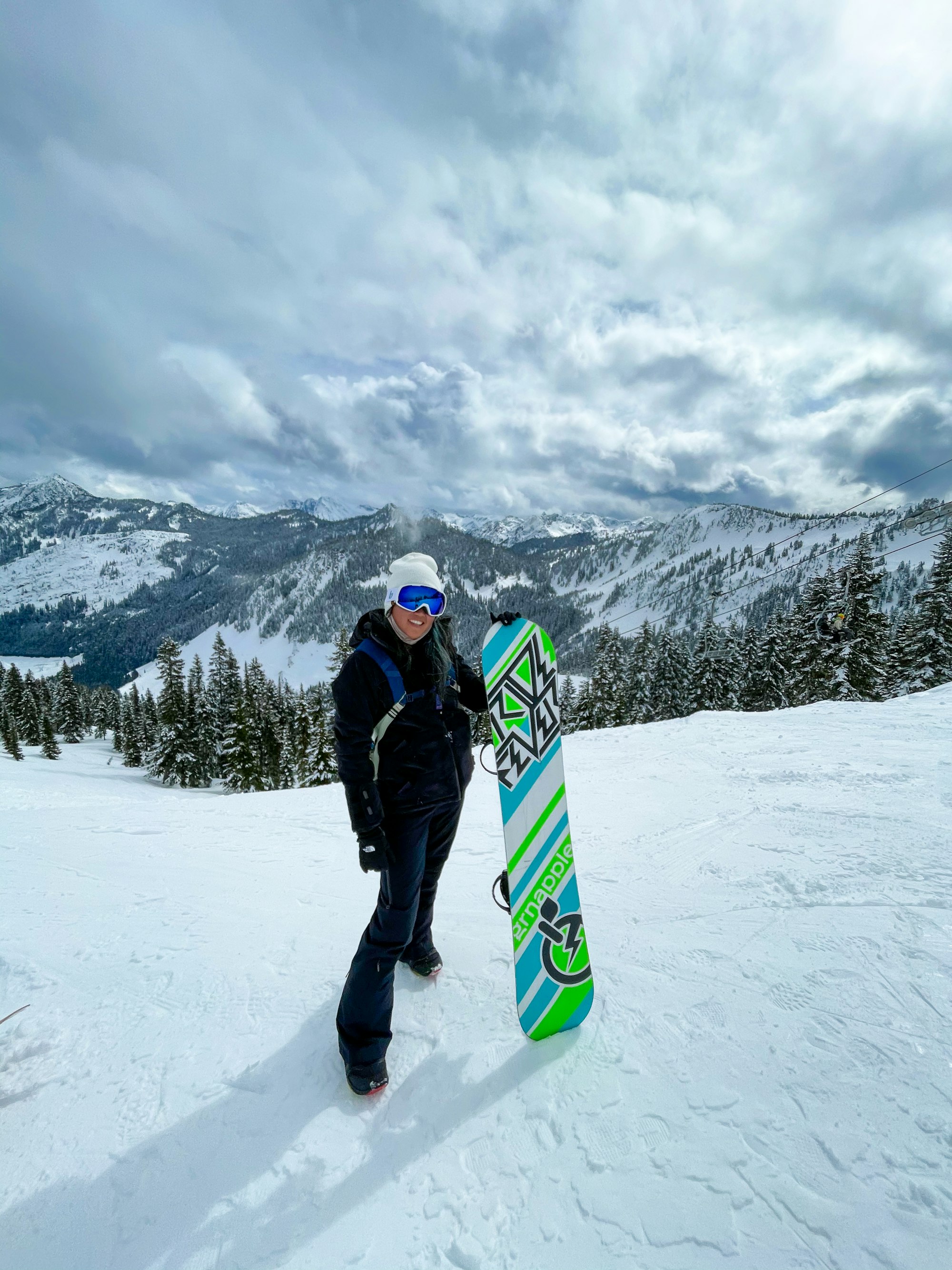
The Synergy Between Skiing and Snowboarding Gear
When we talk about hitting the slopes, it's not just snowboarders out there carving up the powder. Skiers share the mountain, and interestingly, there's a bit of synergy between skiing and snowboarding gear.
For instance, while the boots and bindings are different, items like helmets, goggles, and protective gear are often interchangeable.
This means if you're transitioning from skiing to snowboarding, or vice versa, you don't need to start from scratch with your equipment. You can save a bit by reusing what's compatible, which is a smart move for those who enjoy both sports.
Moreover, the advancements in technology for ski gear often influence snowboarding gear and vice versa. The materials used for insulation, waterproofing, and breathability in ski jackets and pants are also utilized in snowboarding apparel.
This cross-pollination of technology ensures that whether you're skiing or snowboarding, you're benefiting from the latest innovations in winter sports gear.
So, when you're investing in quality attire, remember it's serving a dual purpose on the slopes.
The Shared Culture and Costs of Ski and Snowboard Festivals
Ski and snowboard festivals are a testament to the shared culture between the two sports. These events are not just about competition; they're a celebration of winter sports, music, and camaraderie.
Attending one of these festivals can be an additional cost for enthusiasts, but it's also an opportunity to experience the sports in a new light.
The price of admission often includes access to the slopes, live entertainment, and sometimes even gear demos where you can try out the latest models before you buy.
Participating in these festivals also offers a unique chance to learn from professionals and fellow enthusiasts.
You might pick up tips on technique or get advice on gear maintenance, which can save you money and improve your experience in the long run.
The cost of attending these events varies, but with early bird tickets and group discounts, savvy snowboarders and skiers can enjoy these gatherings without breaking the bank.
Remember, it's not just about the runs you make but also the memories and connections you forge along the way.
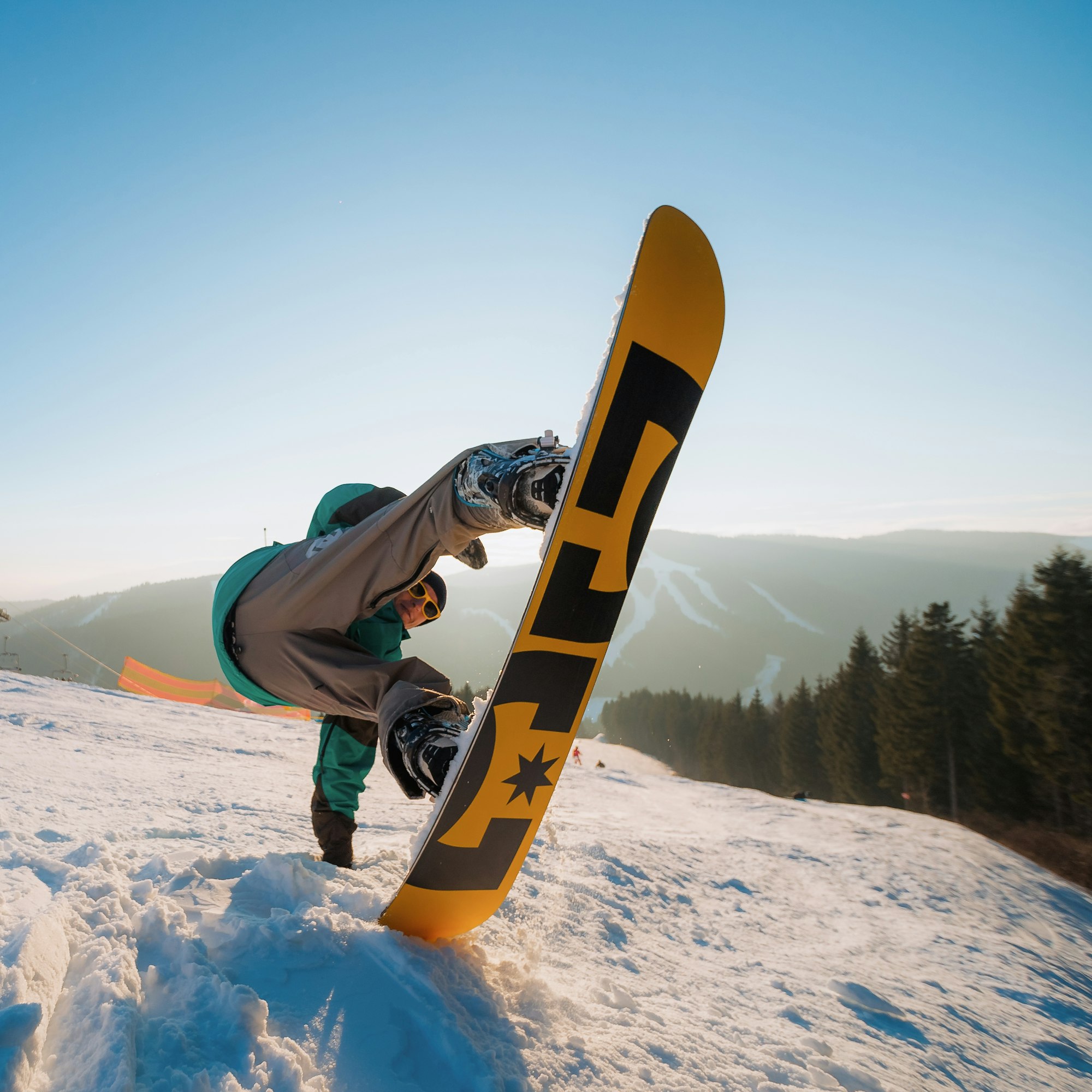
The Second-Hand Snowboard Market
Diving into the second-hand market can be an overwhelming process, especially for those new to the sport. However, purchasing old gear from a rental shop or previous owner is a cost-effective way to get into snowboarding without the hefty price tag of the most expensive board.
It's important to inspect used boards carefully for any signs of damage or excessive wear, as these can affect performance and safety. Remember, snowboards do not require poles like skis, so that's one less piece of equipment to worry about when considering used options.
On the flip side, the second-hand market can be a treasure trove for enthusiasts looking to find a discontinued model or a rare board that's no longer in production.
When considering a pre-loved snowboard, it's crucial to check the condition of the bindings and boots, as these are essential for a safe and comfortable ride.
Even if you're starting with a beginner board, opting for second-hand gear can be a smart move, allowing you to upgrade to newer, more advanced equipment as your skills progress without breaking the bank.
Snowboarding Conditions and Equipment Longevity
The conditions you ride in can affect the longevity of your snowboard and equipment.
Riding in icy or rocky conditions may lead to more wear and tear, potentially increasing the frequency of replacing gear. This factor can influence the long-term cost of snowboarding.
How to Save Money on Snowboarding Gear
To save money, consider end-of-season sales, discounts, and package deals. Rental shops also offer the option to rent equipment, which can be a cost-effective solution for beginners or those who do not snowboard frequently.
The Cost of Safety Gear
Safety gear, including helmets and impact shorts, is a non-negotiable aspect of snowboarding. While it adds to the initial investment, it's crucial for your protection on the slopes.
Snowboard Pants and Other Apparel
Snowboard pants and other apparel designed to keep you dry and warm can have a wide price range. Investing in quality clothing can prevent cold feet and ensure a more comfortable experience, but it will also impact your budget.
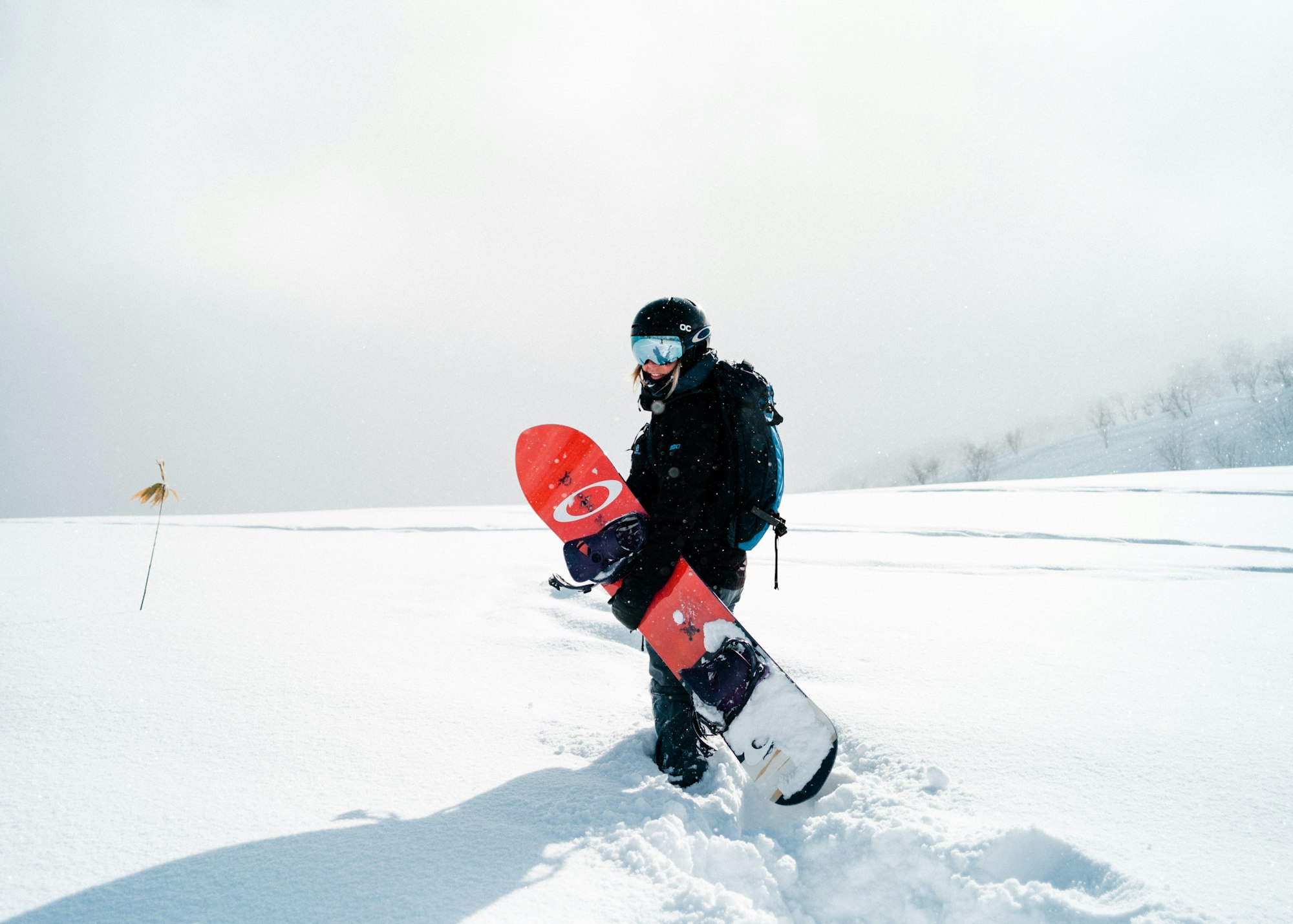
Choosing the Right Boots and Bindings
Boots and bindings are key components of your snowboarding gear. They must fit well and be compatible with your board. While high-quality options can be pricey, they are vital for performance and safety.
The Impact of Brand on Snowboard Costs
Brand reputation and quality can significantly affect the price of a snowboard. Well-known brands often charge more for their products, but they also typically offer better quality and innovation.
Seasonal Influences on Snowboard Prices
Prices for snowboarding gear can fluctuate based on the season. Shopping for next season's gear during end-of-season sales can lead to substantial savings.
The Long-Term Investment of Owning Your Own Board
Owning your board can be a long-term investment. While the initial cost may be high, it can save money over time compared to renting, especially if you plan to snowboard regularly.
The Cost of Upkeep: Maintenance and Repairs
Regular maintenance, such as waxing and edge sharpening, is necessary to keep your board in good condition. Repairs for damages like scratches or dents can also add to the cost over time.
The Price Range of Snowboarding Accessories
Accessories like stomp pads, tuning kits, and snowboard bags have their price range and can add to the overall cost. However, they are often necessary for the full snowboarding experience.
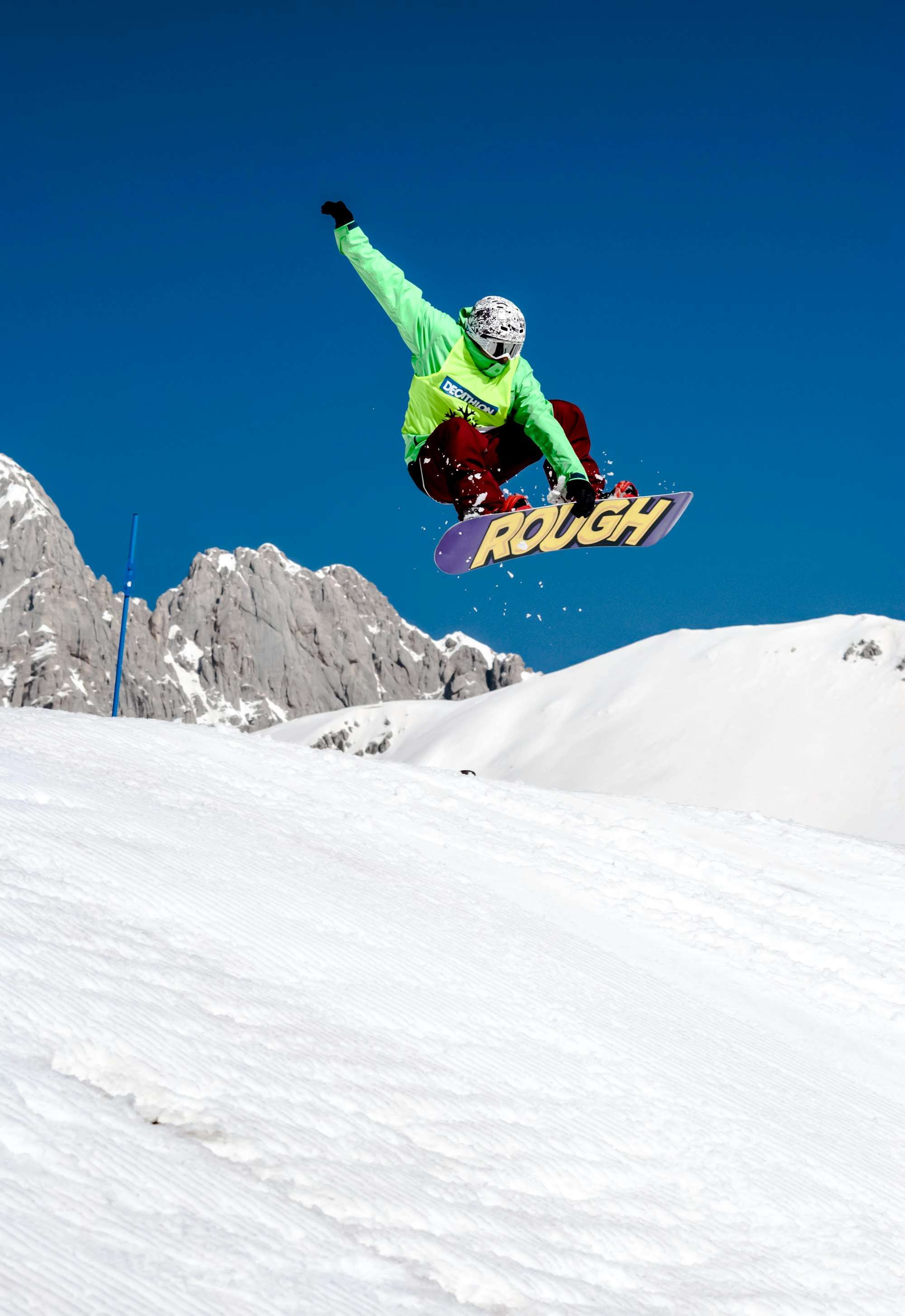
Some Final Thoughts
Snowboarding is an investment, both in terms of money and time. The cost of a snowboard and its associated gear can vary widely based on several factors, including the type of board, the quality of equipment, and where you choose to purchase it.
By understanding the average snowboard cost, considering the essential gear needed, and learning how to save money on purchases, you can enjoy the slopes without breaking the bank.
FAQ's
What is the average cost of a beginner snowboard?
The average cost of a beginner snowboard typically ranges from $200 to $400, depending on the brand and quality.
Can I save money by buying used snowboard gear?
Yes, buying used gear from places like Facebook Marketplace can save money, but it's important to inspect the gear for any damage or excessive wear.
Are there additional costs to consider besides the snowboard itself?
Yes, additional costs include bindings, boots, safety gear, clothing, lift tickets, lessons, and maintenance. These can all contribute to the overall price of snowboarding.
How much does a snowboard cost?
The cost of a snowboard can vary depending on various factors such as the brand, quality, type, and features. Generally, the price range for snowboards can be anywhere from $200 to $1000 or more.
What are the factors that affect the price of basic snowboarding gear?
Several factors can influence the price of a snowboard. These include the brand reputation, materials used in construction, the technology incorporated, design, size, and intended use (e.g., freestyle, all-mountain, powder, etc.). Higher-end snowboards often come with advanced features, innovative designs, and enhanced performance, which can increase the price.
Are there affordable snowboards available for beginners or those on a budget?
Yes, there are plenty of affordable options available for beginners or those on a budget. Entry-level snowboards are designed to provide a good balance between price and performance. These boards may have simpler construction and fewer advanced features but can still offer a great experience for beginners. Prices for entry-level snowboards typically start around $200 to $300.
What should I consider before purchasing a snowboard?
Before purchasing a snowboard, it's important to consider factors such as your skill level, riding style, terrain preferences, and budget. Additionally, it's recommended to test different boards to find the one that suits you best. Consulting with experienced riders or visiting a reputable snowboard shop can also provide valuable insights into making the right choice.
Are there additional costs associated with owning a snowboard?
Yes, apart from the cost of the snowboard itself, there are a few other expenses to consider. These may include bindings, boots, outerwear, goggles, gloves, helmets, and other accessories. It is advisable to budget for these additional items when planning to purchase a snowboard.
Should I buy a new or used snowboard?
Whether to buy a new or used snowboard depends on your preferences and budget. Buying a new snowboard ensures you get the latest technology, warranty coverage, and pristine condition. However, purchasing a used snowboard can be a more affordable option, especially if you're just starting. When buying used, ensure that the board is in good condition and suits your needs.







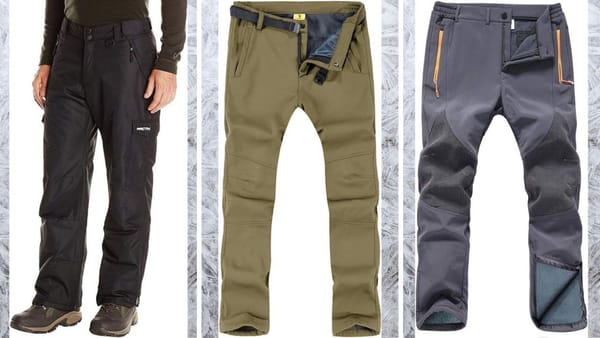




Member discussion